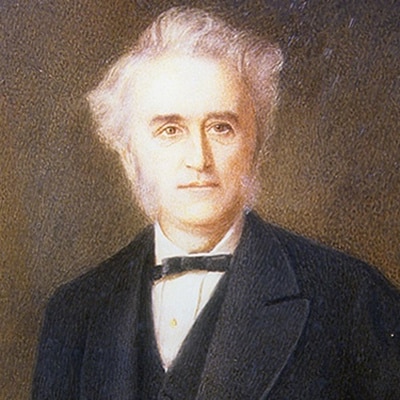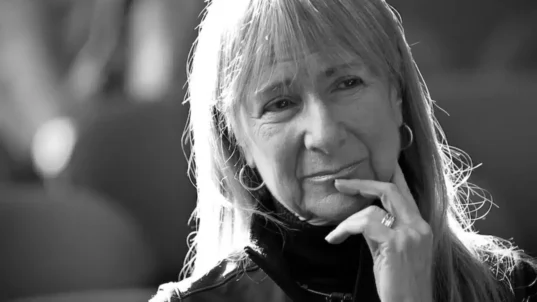
John Langdon Down, by Sydney Hodges, Public Domain via wikimedia.org
John Langdon Down was born in 1828 in England. He was the youngest of seven children. As a young teen, he became an apprentice to his father, the village apothecary, and decided he wanted to follow a scientific career. When he was 18, he met a young girl who would become the catalyst for his life’s pursuit. She had facial features that stayed in his mind for a long time and would relate to one of his later scientific discoveries.
John’s apprenticeship led to a pursuit of a career in medicine. He decided to work for a doctor where he got experience at low-level medical practices. When he was 25, his father died and this spurred him to begin training at a hospital to become a doctor.
After graduation, he became a Medical Superintendent at an asylum known in the language of the time as the Earlswood Asylum for Idiots. The asylum was a horrible place where physical abuse was rampant. The facility was dirty, and no opportunities were given for patients to develop skills. John and his wife Mary transformed the facility to one where patients were treated with dignity and engaged in activities to help them develop to the fullest extent of their abilities.
John studied different types of developmental challenges of the patients in his asylum. In his studies at the asylum, John observed and later developed different categories or groupings of developmental disorders. One of those groupings bears his name today and relates back to his earlier encounter, at age 18, with the girl with unique facial features: Down Syndrome. Also as a consequence of his studies of developmental challenges, he was able to challenge the popular belief at the time that different races came from different species.
John was a supporter of higher education for women. At the time it was thought the more educated a woman became, the more likely she would be to have mentally deficient children. When John requested that his wife Mary be paid for her work with him at Earlswood, he was denied. Her work was considered “volunteering,” and one was not paid to volunteer. As his relationship with Earlswood’s leadership deteriorated, he eventually left the hospital after they declined financial support to display his patients’ handicrafts in a Parisian exhibition. He and Mary set up a new home known then as the Normansfield Training Institution for Imbeciles.
John challenged many of the accepted medical practices of his time, and he eventually won acceptance for his beliefs. He also began the work of changing how people viewed children who were born with intellectual disabilities.
Just imagine the insights we gained from one person’s professional life. We began to move forward with the recognition that all of humanity is one species. We began to dispel the myth that higher education for women would have harmful effects, like leading to children with cognitive deficiencies. And we began to move forward with more more ethical and more effective treatment of those with intellectual disabilities. Just imagine how we might continue this progress in our time.
* * *
“Challenges are what make life interesting; overcoming them is what makes life meaningful.” – Joshua Marine (Author)
This is part of our “Just Imagine” series of occasional posts, inviting you to join us in imagining positive possibilities for a citizen-centered democracy.



